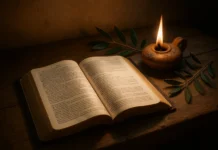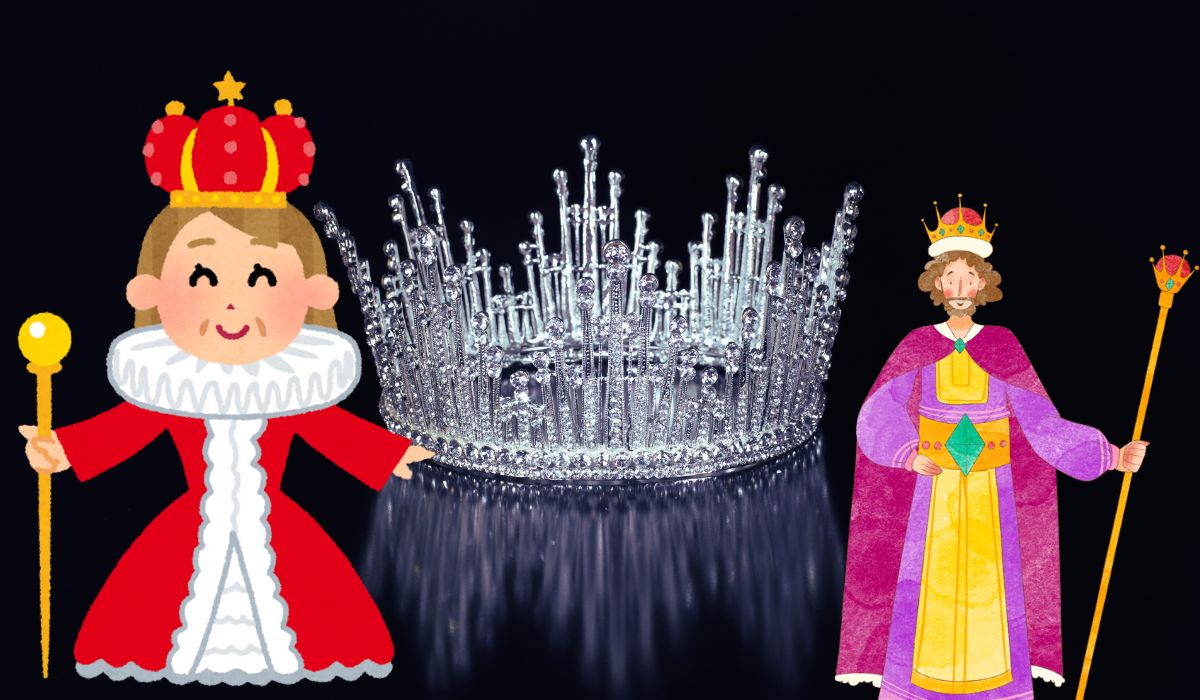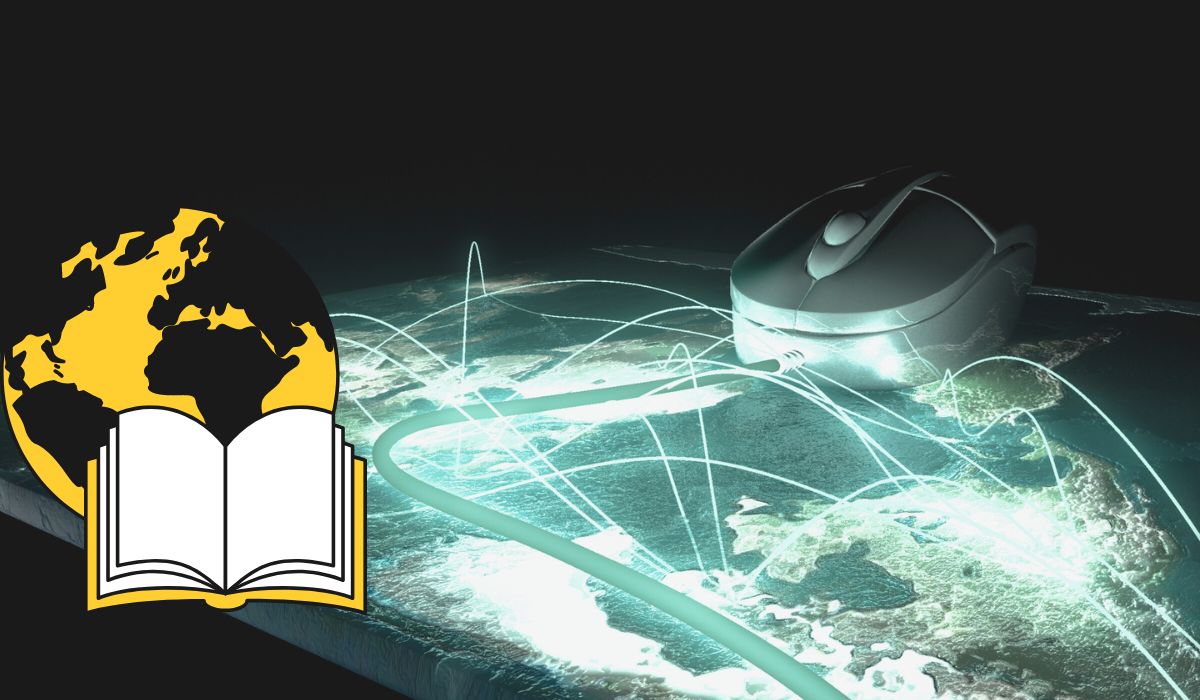 Easter is one of the most significant events in Christian theology, commemorating the resurrection of Jesus Christ. While the term “Easter” itself does not appear in the texts of the Bible, the resurrection story is central to the New Testament. This article explores where the Easter story is described in the Bible and suggests an order for reading these sacred texts to gain a deeper understanding of this pivotal event.
Easter is one of the most significant events in Christian theology, commemorating the resurrection of Jesus Christ. While the term “Easter” itself does not appear in the texts of the Bible, the resurrection story is central to the New Testament. This article explores where the Easter story is described in the Bible and suggests an order for reading these sacred texts to gain a deeper understanding of this pivotal event.
Understanding the Resurrection in the Bible
The resurrection of Jesus is a cornerstone of Christian faith, symbolizing hope and renewal. Here’s where you can find the detailed accounts of the Easter story in the Bible:
Where in the Bible is the Resurrection Story?
The resurrection story is primarily found in the four Gospels of the New Testament: Matthew, Mark, Luke, and John. Each Gospel provides a unique perspective on this miraculous event:
- Matthew 28:1-20 – Easter story in the Bible Matthew: This passage recounts the arrival of Mary Magdalene and the other Mary at the tomb, their encounter with an angel, and Jesus’ appearance to the disciples.
- Mark 16:1-20 – This narrative covers similar events, emphasizing the women’s shock and the disbelief of the disciples.
- Luke 24:1-53 – Luke includes the journey to Emmaus, where Jesus appears to two of his followers.
- John 20:1-21:25 – John’s account includes the touching scene where Mary Magdalene does not recognize Jesus until he speaks her name.
Short Bible Story About Easter
The resurrection account can be succinctly summarized: After his crucifixion and burial, Jesus rose from the dead on the third day. The first witnesses to this miracle were women who came to anoint his body. Over the next forty days, Jesus appeared to his disciples and many others, proving he was alive and teaching them before ascending to heaven.
What Order Should I Read the Bible in to Understand Easter?
Reading the Bible to fully grasp the meaning of Easter involves more than just reading the Gospels. Here’s a suggested order:
- Start with the Gospels: Begin with Mark, which is the shortest and perhaps the earliest Gospel, then read Matthew and Luke, and finish with John.
- Read the Prophecies: Before delving into the New Testament, consider reading selected passages from the Old Testament, such as Isaiah 53 and Psalms 22, which foretell the suffering and glorification of the Messiah.
- Acts of the Apostles: After the Gospels, read Acts to see how the early church grew and spread the message of Jesus’ resurrection.
- Epistles: The letters in the New Testament, particularly those by Paul, delve deeper into the theological significance of the resurrection.
Engaging with the Easter Story
Encouraging Personal Reflection
- How does the resurrection story influence your understanding of life and death?
- In what ways does this event shape your daily living and faith?
Exploring the Deeper Questions
The Easter story is not just about historical events; it invites us to ponder deeper spiritual realities. Consider what the resurrection teaches about forgiveness, renewal, and eternal life. How does this influence our relationships and choices?
Conclusion
The Easter story, while not directly named in the Bible, is a profound narrative spread across the texts, emphasizing hope and spiritual rebirth. By following a thoughtful reading order and engaging with the scriptures, we can gain a richer understanding of this pivotal event in Christian faith.









